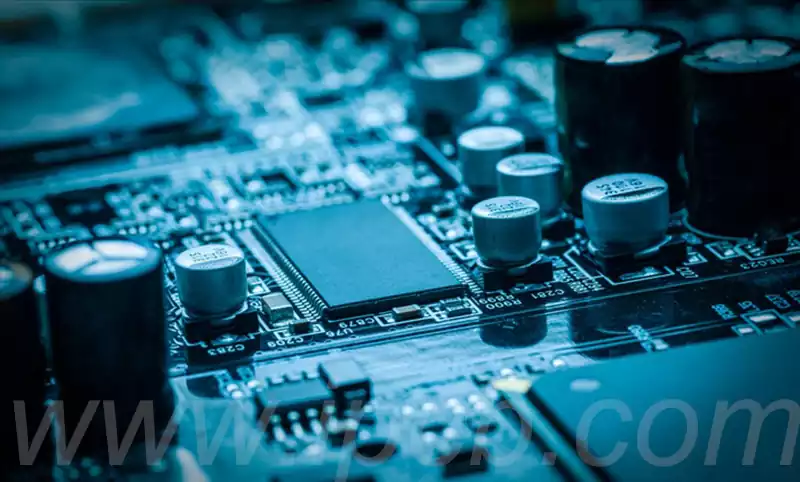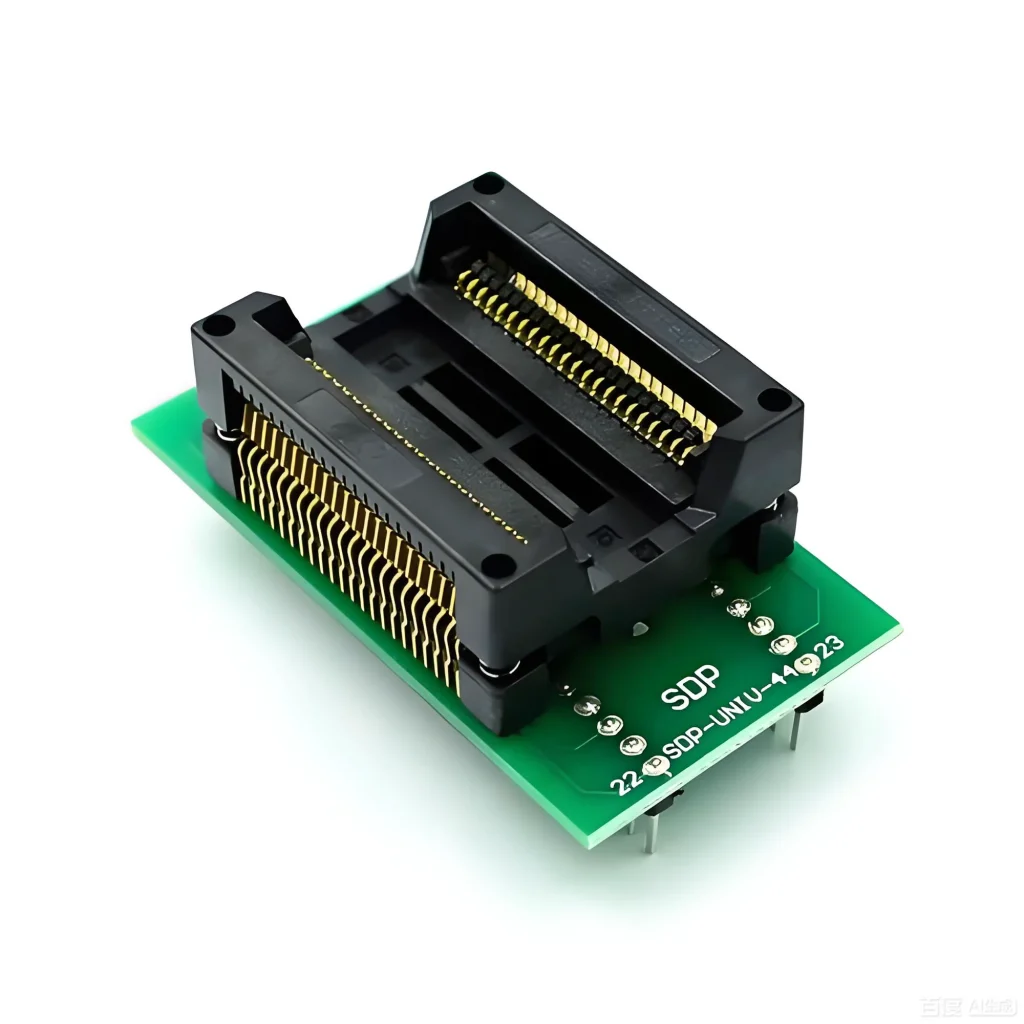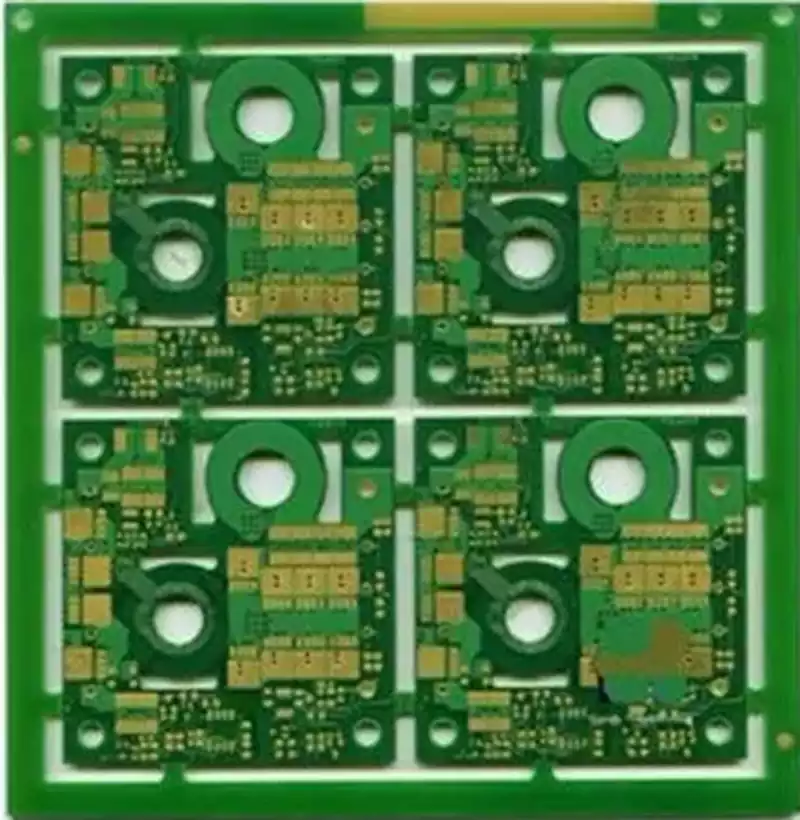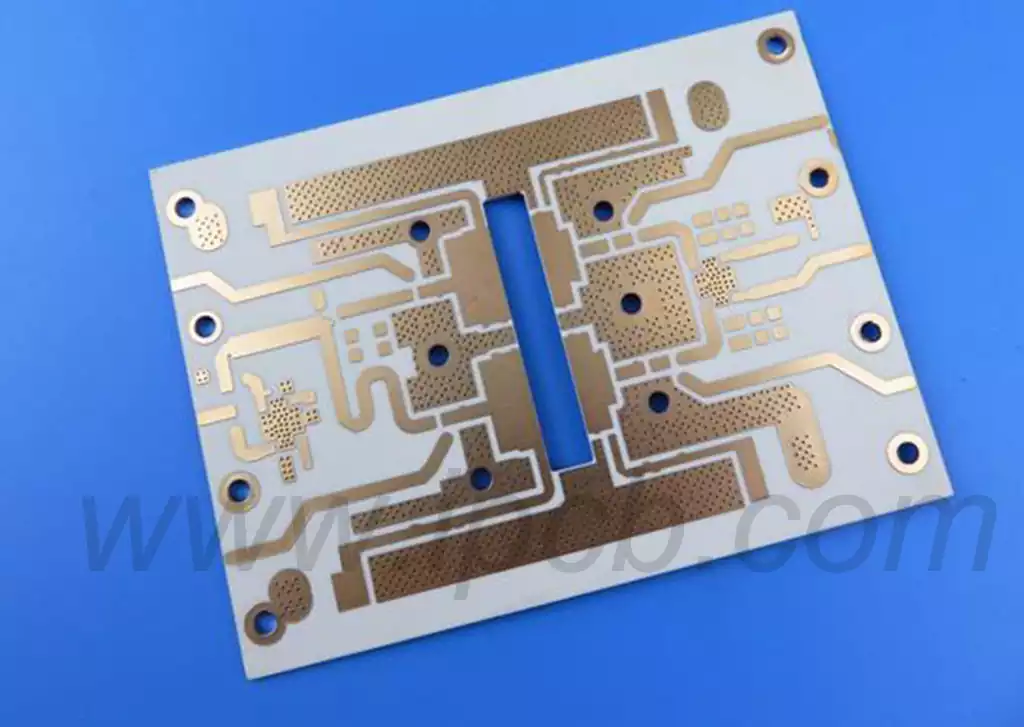Circuit board wire connectors are devices used to connect electronic components on a circuit board to external wires,and their function is to ensure the smooth transmission of current and signals. These connectors are used to establish a stable electrical connection between the circuit board and other devices, which can effectively avoid signal interference and electronic noise.
Circuit board connectors usually consist of two main parts: the plug and the socket. The plug is usually attached to the end of the wire, while the socket is fixed to the circuit board, allowing the plug to connect and disconnect. The connector design should be as simple as possible to allow for easy connection and disconnection by the user.
There are various types of circuit board wire connectors, mainly including:
Plug connectors:
Commonly used to connect and disconnect power or signal lines on the circuit board, with good mechanical strength and electrical properties.
Screw connectors:
Use screw fixing method to keep the connection, suitable for high current and high pressure applications.
Soldered Connectors:
Connectors are connected directly to the circuit board through a soldering process,providing a long-term reliable electrical connection.
Quick Connectors:
Supports quick plug and play functionality for applications that require high frequency connection and removal.
The main concern when choosing circuit board wire connectors
When choosing circuit board wire connectors, there are several key factors to focus on to ensure that the connector performance, compatibility and long-term stability.
- Connector Type
Depending on the application requirements, the type of connector is critical. Connectors can be categorized into a variety of types such as plugs, sockets, terminals and connectors, etc.Choosing the right type can effectively meet the needs of circuit connections. - Size and shape
The size and shape of the connector affects its compatibility with the circuit board. Ensure that the length, width and height of the connector comply with the space allocated on the circuit board, and check whether the pin spacing matches the holes or pads on the circuit board to ensure proper placement and connection. - Material selection
When selecting the material for the connector, its corrosion resistance and electrical conductivity should be considered to ensure a stable and reliable connection. Different materials will affect the performance of the connector, such as copper and aluminum silver-plated materials in the conductivity of the excellent performance, while corrosion-resistant materials to help improve the service life of the connector. - Electrical Performance
The current and voltage ratings of connectors directly affect their application reliability. Ensure that the rated current of the selected connector can meet the requirements of the circuit, and at the same time its voltage resistance should meet the relevant standards to prevent failure in use. - Installation
Connector mounting methods must also be considered, such as soldering, plugging or other mounting methods. According to the needs of the equipment to choose the appropriate mounting method, in order to facilitate the assembly and maintenance. For example, plug connectors facilitate frequent maintenance, while solder connectors provide a more robust connection. - Mechanical durability
Mechanical durability of connectors, including temperature, pressure and vibration resistance, is a key factor in ensuring long-term stability. Choose connectors that have been rigorously tested to ensure that they can work properly in harsh environments. - Cost and Budget
Evaluate the cost of the connector to ensure that the selected product is within the budget. Different types and materials of connectors vary greatly in price, according to the actual needs of the trade-offs to ensure that the balance between cost and quality.
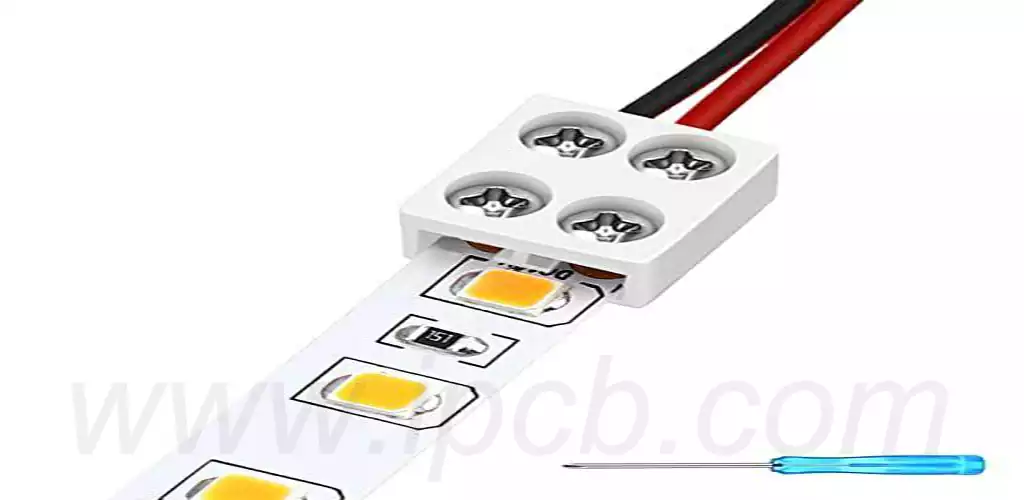
To ensure that the electrical performance of a board connector meets the circuit requirements, several key steps can be taken to evaluate it:
- Check the rated current and rated voltage
First, it is important to verify that the current rating and voltage rating of the connector meet the requirements of the circuit. The rated voltage is the maximum operating voltage recommended by the manufacturer, and the rated current is the value of current that the connector can safely carry. It is very important to ensure that these parameters are not exceeded during use to avoid connector failure due to overload. - Test contact resistance
Contact resistance is an important electrical parameter that determines the performance of the connector.The contact resistance of a high quality connector should be low and stable, usually ranging from a few milliohms to tens of milliohms. Excessive contact resistance can lead to power loss and heat generation, thus affecting the overall efficiency of the circuit. - Conduct insulation resistance test
Another important means of assessing the electrical safety of a connector is the insulation resistance test,which measures the resistance of an insulating material by applying a voltage.Good insulation resistance values are usually in the hundreds of megohms to thousands of megohms,ensuring that the connector will not leak current under operating conditions. - Perform a voltage withstand test
A voltage withstand test is performed to ensure the safety of the connector under high voltage conditions.During the test, the connector will be applied a voltage higher than its rated voltage to confirm whether it can withstand without breakdown or arcing.During the test, the connector should be able to operate safely at the specified voltage. - Consider environmental factors
In addition, it is also necessary to consider the operating temperature range of the connector and the applicable environment. The operating temperature range of the connector is usually -25 ° C to +85 ° C, some high-reliability connectors can work in a wider range of temperatures. For example, some special connectors can even reach the operating range of -55 ° C to +105 ° C. Ensure that the choice of connectors for the actual application environment is very critical.
Circuit board wire connectors are used in a wide range of industries, including:
Consumer electronics:
Such as cell phones, tablets and other devices in the electric wire and circuit board connection.
Automotive electronics:
Autopilot systems, entertainment systems, etc. require high-performance connectors for stable signal transmission.
Industrial Automation:
Robots, sensors and other industrial equipment in the wire connection needs.
Medical Devices:
Monitoring equipment and diagnostic instruments in the demand for high-quality connectors is particularly important.
In modern electronic equipment, circuit board wire connectors play a vital role, which not only ensures the smooth transmission of current and signal, but also effectively avoid signal interference and electronic noise. Choosing the right connector is therefore critical to the stability and performance of the circuit.
